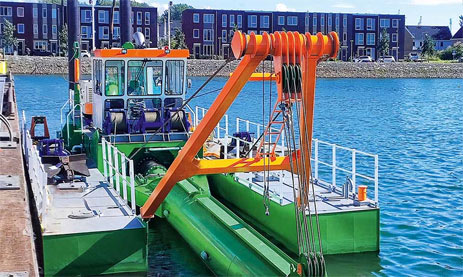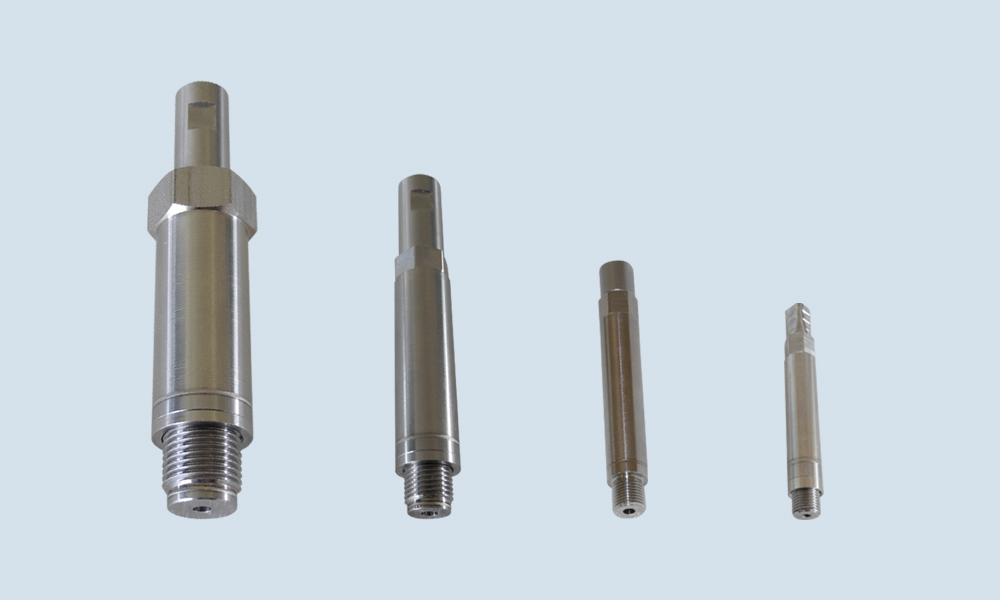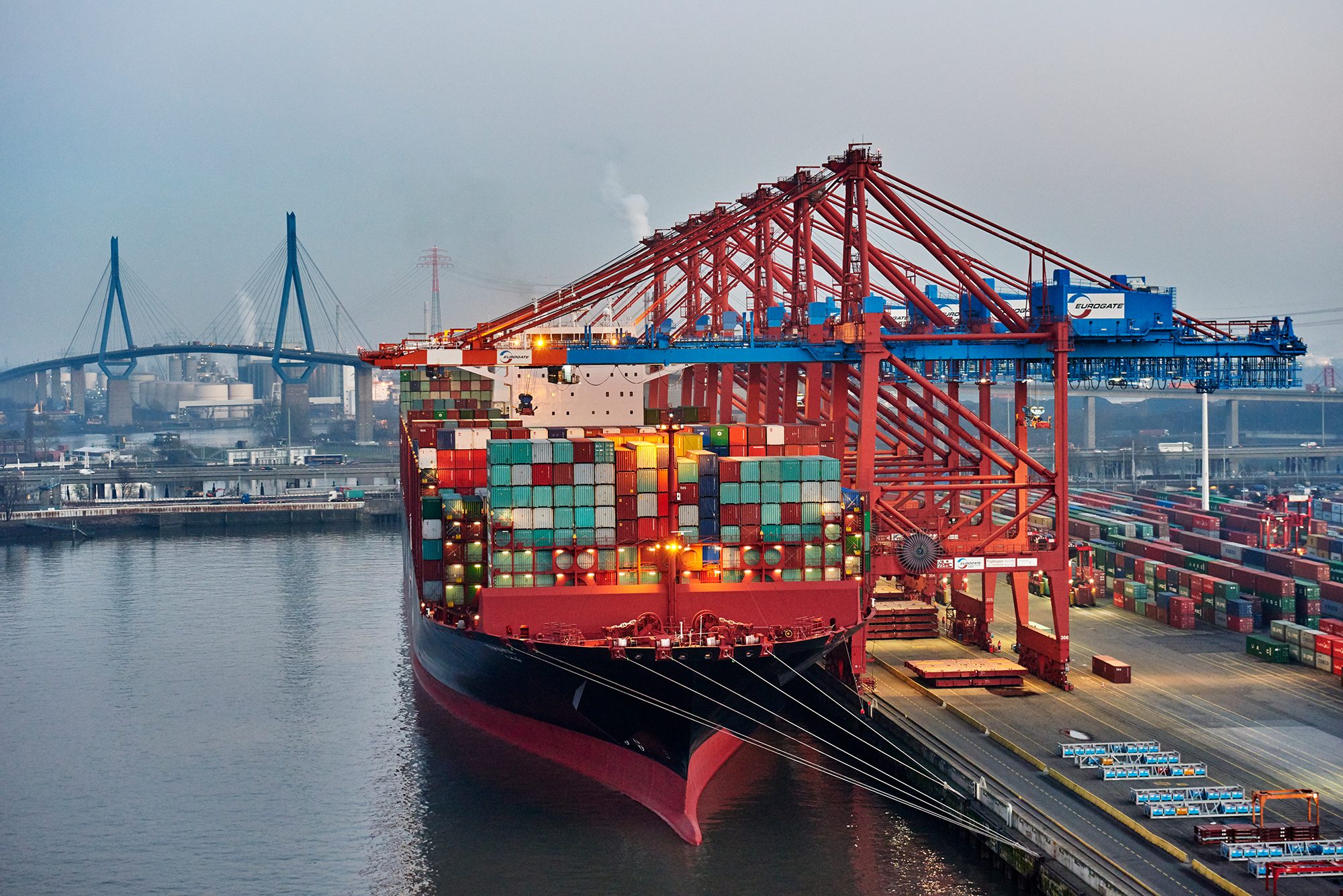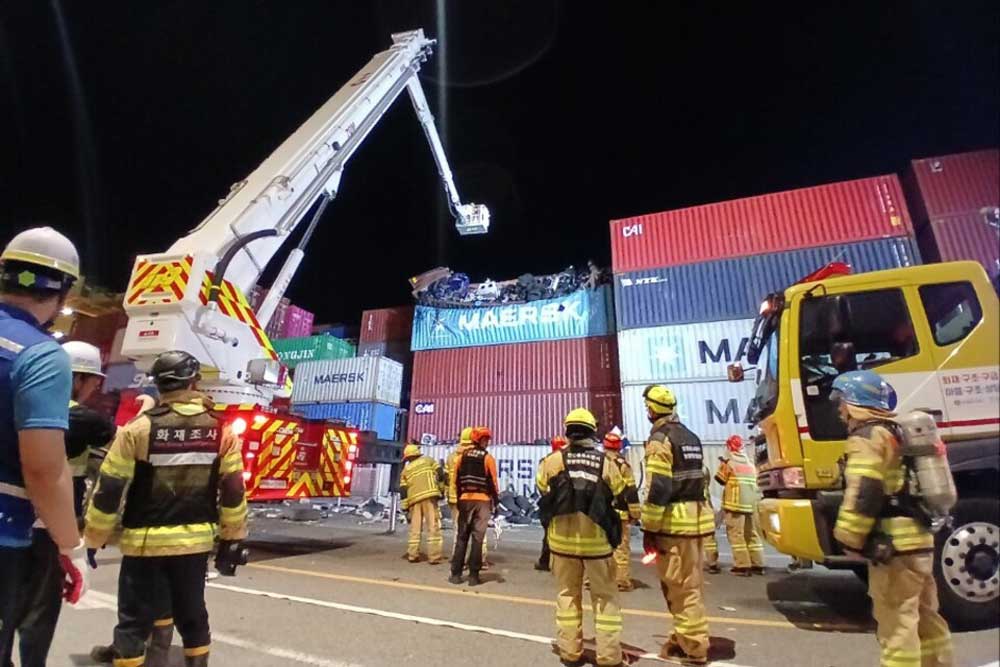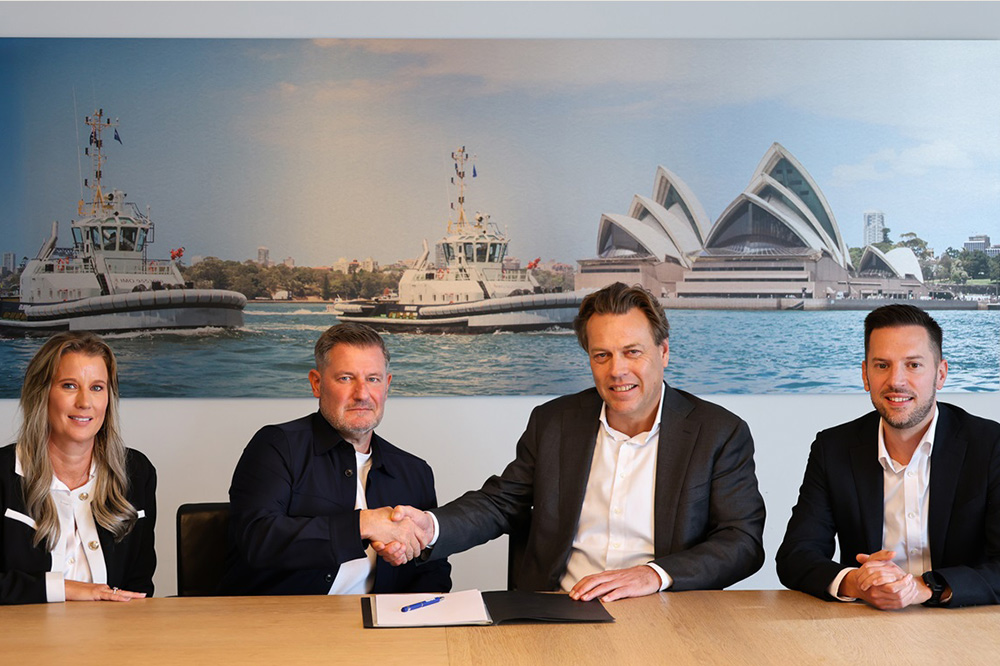Dutch Combined Cargo Terminals (CCT) has ordered a Konecranes Gottwald ESP.7 mobile harbor crane with external power supply for the terminal in Moerdijk.
The crane is CCT’s response to growing freight volumes and its CO2 targets. Delivery to the terminal in Moerdijk is scheduled for the third quarter of 2025.
With a working radius of 51 m and good visibility for the crane operator, the mobile harbor crane is the successor to CCT’s existing Model 6 cranes. It is designed to increase handling performance and also offers a higher crane classification in container handling and a longer service life as a result.
Lower fuel consumption and emissions
The external power supply for connection to the port network is intended to reduce fuel consumption and local emissions. CCT uses its mobile harbor cranes in conjunction with an extensive fleet of Konecranes reach stackers to ensure high handling speeds throughout the terminal.
“The new crane gives us everything we need in terms of visibility, reach and speed to handle the larger vessels that are increasingly calling at our terminal. Konecranes has been a key partner in our growth and sustainability journey since we started in 2005,” says Luc Smits, Managing Director, Combined Cargo Terminals.
Moerdijk is a trimodal hub
Moerdijk Terminal, located between Rotterdam and Antwerp, is an important trimodal hub where European road, rail and waterways converge. The new crane complements CCT’s existing Konecranes fleet, which ensures handling on both sea and inland waterway vessels.
“This latest order strengthens the trusting relationship we have built over two decades,” says Giuseppe Di Lisa, Vice President Sales & Marketing, Mobile Harbor Cranes, Konecranes. “As CCT’s needs have evolved, so have Konecranes’ solutions. Our goal is to provide our customers with high-performance and eco-efficient port logistics.”
Konecranes aims to reduce CO2 footprint
The order is part of Konecranes’ Ecolifting initiative. With this initiative, the company aims to increase its footprint – i.e. the positive impact on the environment that can be achieved with its product and service portfolio – while continuously reducing its carbon footprint. From environmentally optimized diesel engines and hybrid drives to fully electrified fleets, the aim is to achieve more and more with less and less.










